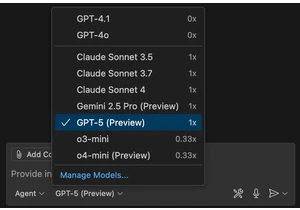Yes, Python.
I can already hear the screams from the rafters telling me how terrible of a choice Python is - but in my case, I valued modularity, extensibility, hackability over raw performance. (It was also a challenge to myself to see how far I can get without referencing existing implementations)
Synchrotron processes nodes: simple Python classes with typed I/O and a render() method for processing. It can be as concise as 5 lines:
class IncrementNode(Node):
input: StreamInput
output: StreamOutput
def render(self, ctx):
self.out.write(self.a.read(ctx) + 1)
Currently you can build synths, FX chains, MIDI instruments, arpeggiators, controllers, or just mess about with sound :>
Editor: https://synchrotron.thatother.dev/ Source: https://github.com/ThatOtherAndrew/Synchrotron
It's still experimental (and my first ever shipped project), but I'd love feedback from people who tinker with audio/DSP/live coding. Docs are terrible currently, but that's my next big goal!
Comments URL: https://news.ycombinator.com/item?id=44836433
Points: 20
# Comments: 0
Jelentkezéshez jelentkezzen be
EGYÉB POSTS Ebben a csoportban
About a year ago I introduced Trayce to HN as the "network tab for docker containers". Now I have released a new version which adds an HTTP client. The idea is to combine network monitoring with a





